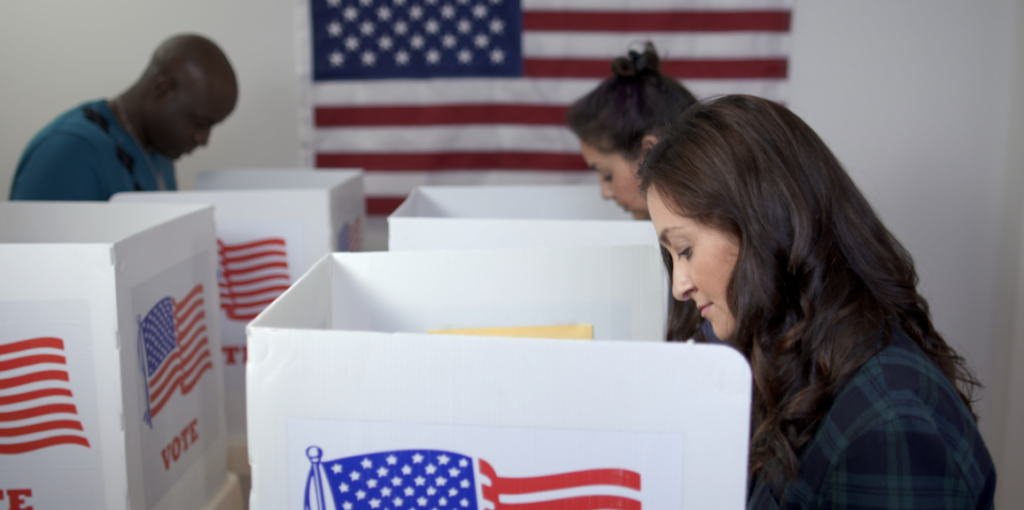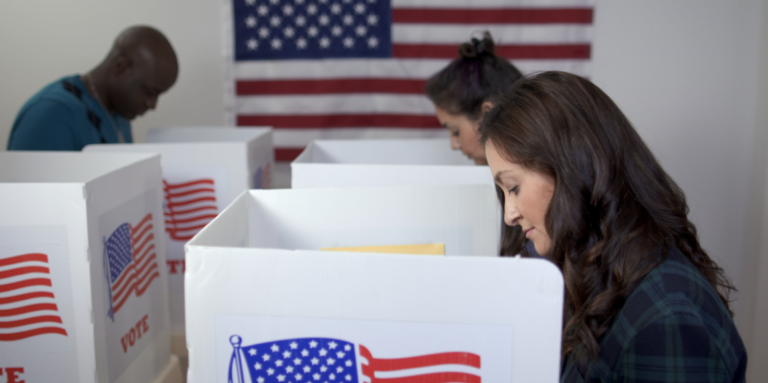Student loan debt in the United States has reached peak levels. With the rising cost of education creating serious financial struggles of grads, it’s no wonder the student loan debt crisis has been thrust into the national spotlight over recent years.
The outcome of the 2020 presidential election has the power to impact millions of people of all ages and socioeconomic backgrounds. Democratic candidate Joe Biden’s views on student loans differ vastly from Donald Trump‘s. All the while, borrowers are demanding the government to step in to alleviate some of the financial burdens they face.
According to Debt.org, rising student loan debt costs are a major problem that is only growing in severity. Data reveals the amount of student loan debt skyrocketed from $260 billion in 2004 to a whopping $1.4 trillion in 2017. Current figures show that total student loan debt is hovering around $1.56 trillion.
These numbers demonstrate the widespread effect of student loan debt and how large a role the issue will play during the presidential election come November.
Joe Biden’s Stance on Student Loans
During a time of economic uncertainty, particularly in the wake of the COVID-19 pandemic, many borrowers are hoping for government intervention. The thoughts of Joe Biden on student loans revolve around offering relief to those who have seen little respite from the rising costs associated with a college degree.
Joe Biden, on student loan debt, said, “I believe there has to be more debt forgiveness for college loans, I think, more opportunity to go to college for free,” during an interview on The Daily Show.
The Democratic presidential nominee recently drafted a student loan relief plan that would include some student loan forgiveness and relief options.
One of Biden’s most significant proposals includes forgiveness for all undergraduate tuition-related federal student loan debt. This would apply to two and four-year public universities and colleges, with borrowers required to earn less than $125,000 per year to qualify.
According to Joe Biden, student loan borrowers who earn over $25,000 per year would pay no more than 5% of their discretionary income toward federal student loan payments. Other proposals include no federal monthly payments or interest accruement for people earning less than $25,000 annually.
Student loan forgiveness is a hot topic in the student loan crisis discussion. Biden’s plan includes federal student loan forgiveness after a period of 20 years. This would also eliminate income taxes on the amount forgiven. Additionally, borrowers that qualify for loan forgiveness under the public service loan forgiveness program may receive $10,000 per year of loan forgiveness for up to a period of five years.
Donald Trump on Student Loan Debt
When it comes to Donald Trump on student loans, the solution is multi-faceted. Although Trump has taken steps to alleviate some of the burden of student loan payments amid the COVID-19 pandemic by signing of the CARES Act, some borrowers worry the relief may be short-lived.
Passing the CARES Act
The CARES act, a $2 trillion financial stimulus package, calls for a temporary suspension of federal student loan payments, a suspension of interest, and a halt of garnishment of wages, tax refunds and Social Security for student loan debt collection. These benefits are set to expire at the end of September.
Repealing the Public Service Loan Forgiveness (PSLF) program
As for long-term solutions for the student debt crisis, Donald Trump proposes a different set of tactics than Biden. For example, Trump has called for the repeal of the Public Service Loan Forgiveness program. The current program offers loan forgiveness for U.S. federal, state, local, or tribal government or not-for-profit organization employees who have made 120 monthly payments while employed full-time in a government role.
According to Trump, the current system gives unfair preference to public service employees. On the topic of student loan debt, Donald Trump proposes instead to implement a 15-year loan forgiveness program for all federal student loan borrowers.
If elected in November, Trump also proposes to do away with subsidized student loans. Under the current subsidized loan system, the federal government is responsible for paying interest on subsidized student loans while borrowers are in school, or while their loans are deferred or in a grace period.
Additionally, Donald Trump has proposed that the 2021 budget would also limit the amount of Grad PLUS Loans and Parent PLUS Loans available.
Consolidating the income-driven repayment system
Trump is proposing significant changes to the federal student loan income-driven repayment (IDR) plan system. Under the current system, federal student loan borrowers are offered four IDR plans that allow them to make payments based on their current income level. These are the four plans currently offered:
- Revised Pay As You Earn Repayment Plan (REPAYE Plan)
- Pay As You Earn Repayment Plan (PAYE Plan)
- Income-Based Repayment Plan (IBR Plan)
- Income-Contingent Repayment Plan (ICR Plan)
Donald Trump’s plan for student loans seeks to reduce confusion by replacing these four plans with one new income-driven repayment plan. Many of the current IDR plans call for a payment of 10% of discretionary income over a period of 20-25 years. Trump’s proposed plan would set payments at 12.5% of discretionary income, but reduce the duration to 15 years for undergraduate loans, while extending it to 30 years for graduate loans.
Student Loans & the 2020 Presidential Election
Donald Trump vs. Joe Biden on student loans is a topic of much interest, and given the statistics on student loan debt in America, it’s easy to see why. The student loan crisis is currently affecting millions of people and plans for debt relief and systemic reform are important to many voters.
















